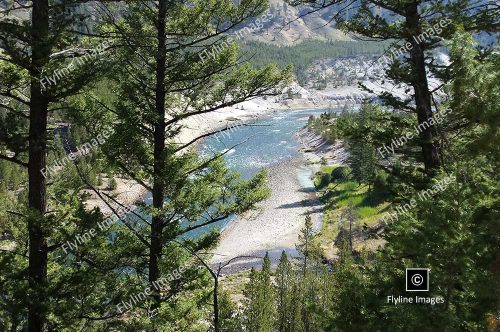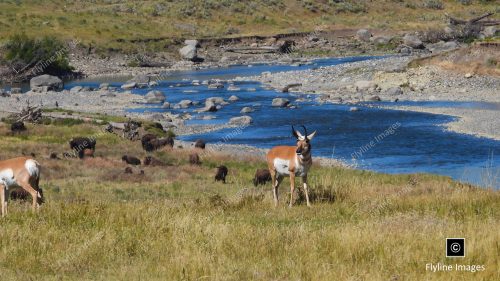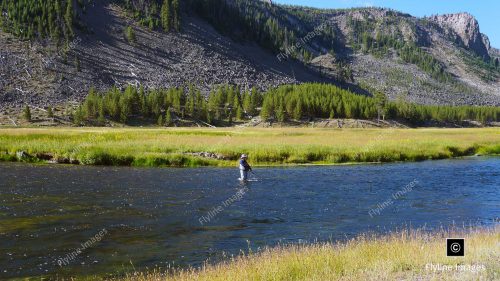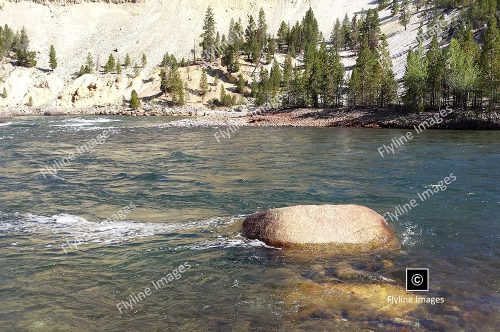Coyotes in Yellowstone National Park are highly adaptable predators that play a crucial role in the park’s ecosystem.
Coyote DSCN 2320 V
$10.00
Description
Coyotes in Yellowstone National Park are highly adaptable predators that play a crucial role in the park’s ecosystem. Typically, they have a varied diet that includes small mammals like rabbits, rodents, and ground squirrels, which make up a significant portion of their food intake. In addition to these smaller animals, coyotes will also scavenge on larger prey, including deer, especially when food is scarce, and they may opportunistically feed on carcasses left by larger predators such as bears or wolves. Their ability to thrive in diverse habitats and dietary preferences enables coyotes to maintain a stable population, contributing to the dynamic balance of Yellowstone’s wildlife communities. Coyotes are also known to prey on domestic animals such as sheep and goats, which has led to conflicts between ranchers and the park’s coyote population. As a result, Yellowstone National Park implements management practices to reduce conflicts and protect both livestock and wildlife.
Coyotes in Yellowstone National Park have been the subject of numerous scientific studies, with researchers eager to understand their behavior, diet, and impact on the park’s ecosystem. One study found that coyotes play a critical role in regulating the populations of small mammals like rodents, which can quickly multiply if left unchecked. By preying on these smaller animals, coyotes help maintain balance in the food web and prevent overgrazing by herbivores. This, in turn, has a positive impact on vegetation and ultimately benefits other species like birds and insects that rely on plants for food and shelter.
Another interesting aspect of coyotes’ behavior is their social structure. Unlike wolves, which live in tightly knit packs with strict hierarchies, coyotes are more solitary animals. However, they do form family units consisting of breeding pairs and their offspring. These family units may come together to hunt or forage but generally maintain their own territories within the park. This dynamic allows multiple coyote families to coexist without competing for resources while still contributing to the overall balance of the ecosystem.
Despite being one of Yellowstone’s most adaptable predators, coyotes face various threats, including habitat loss and fragmentation. The park’s continuous efforts to protect and restore habitats for wildlife also benefit coyotes, ensuring their long-term survival in the park. Additionally, park visitors are reminded to keep a safe distance from all animals, including coyotes, to avoid any potential conflicts and maintain the animals’ natural behavior.
Coyotes play a vital role in the complex web of life in Yellowstone National Park. Their adaptability and diverse diet make them an essential part of the ecosystem, helping to control smaller animal populations and promoting balance within the food chain. Through continued research and management practices, these intelligent predators can continue to thrive in their unique home in Yellowstone National Park. So, it is crucial to respect and protect their habitat and observe them from a safe distance to ensure the sustainability of this beautiful species for future generations. So, if you are lucky enough to spot a coyote in Yellowstone, take a moment to appreciate its presence and remember the important role it plays in maintaining the park’s delicate balance.
Image & Download Information
For this product, we have provided 3 image size options, Large 4000 x 2500, Medium 2000 x 1250 and Small 1000 x 625. When you purchase this photo, you will receive an email confirmation of your order. That email will summarize your purchase and provide you with the download links for the images and videos you purchased.






